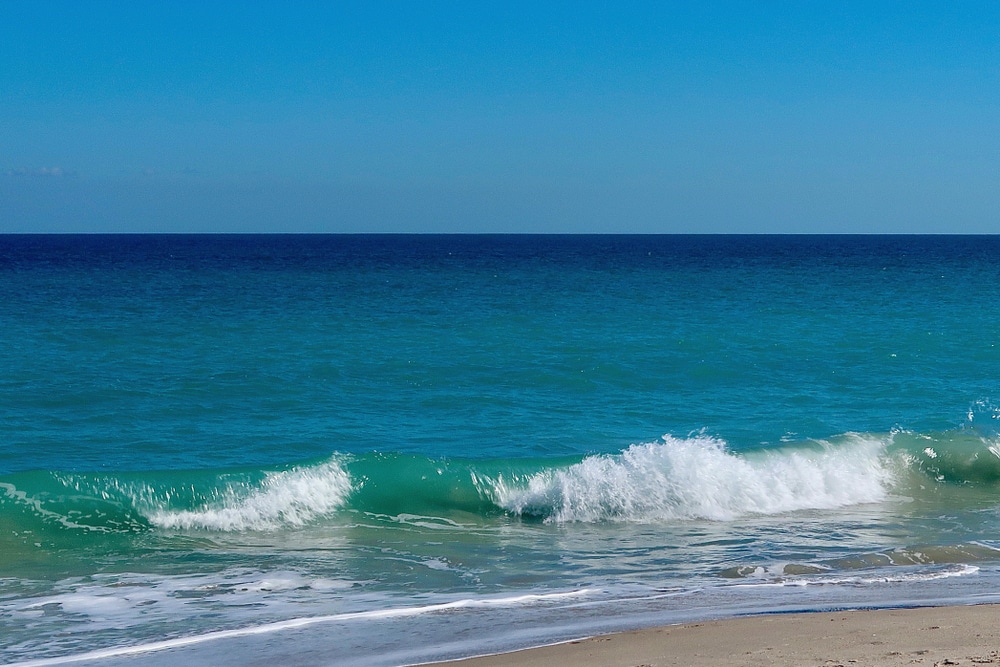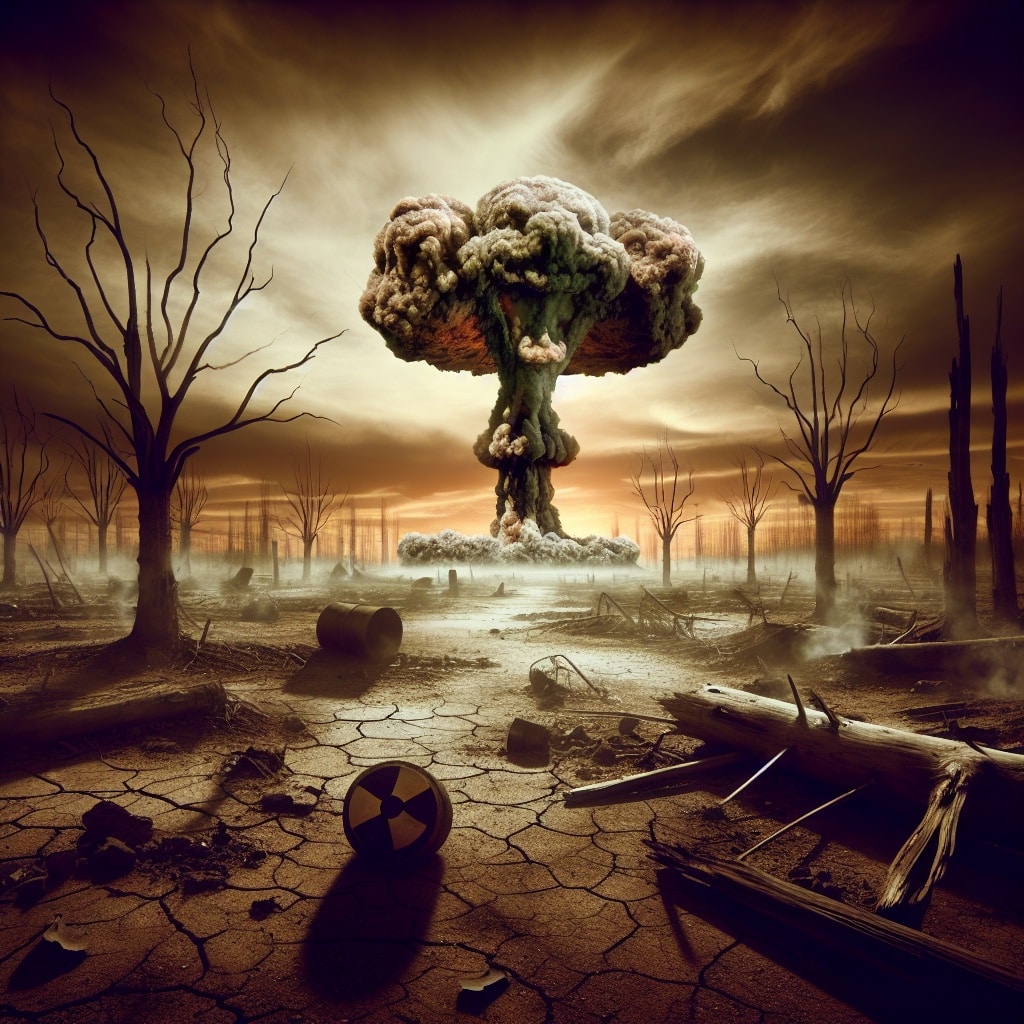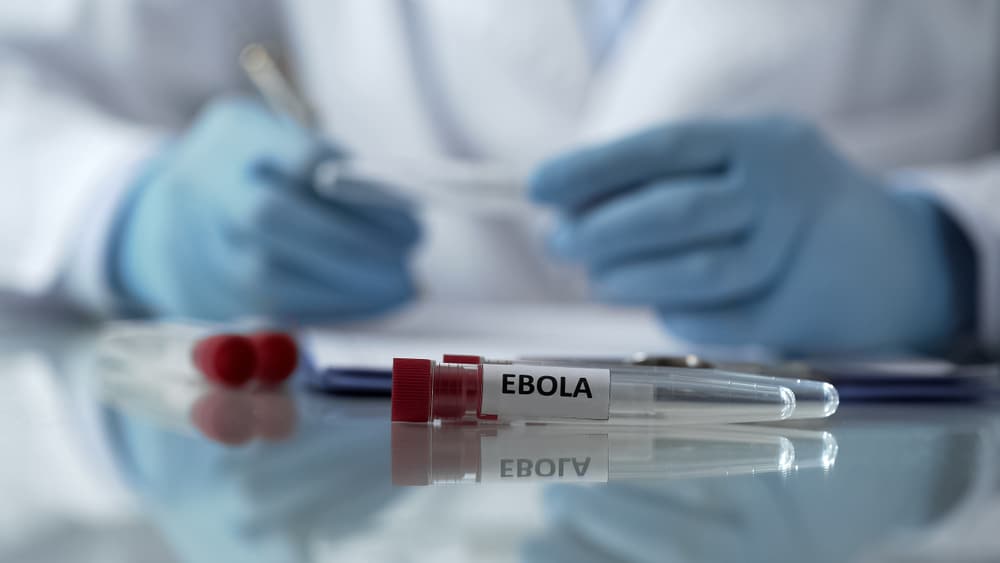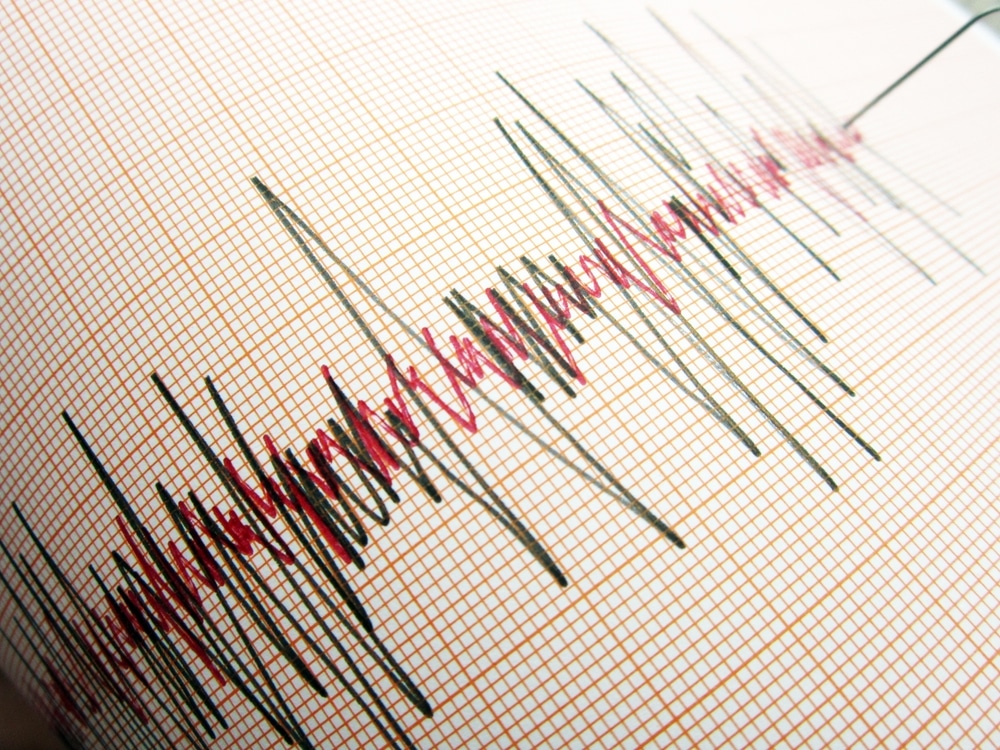On Monday, as much of the country stewed in bubbling heat, a boiling milestone was hit — a buoy in Florida registered a jaw-dropping 101.1 degrees Fahrenheit water temperature according to NBC News.
This was on the heels of the same buoy in Manatee Bay registering 100.2 degrees on Sunday. For perspective, the average hot tub temperature is 100-102 degrees F.
While the readings would’ve been considered a possible outlier or sensor error, surrounding buoys recorded similarly high temperatures, with 99.3 F at Murray Key and 98.4 F at Johnson Key.
Another reason why these water temperature readings are being taken seriously is the fact that experts have been tracking the exceptionally warm water temperature readings that have ranged from 92-97 degrees since early July.
For the majority of the month, an unusual weather pattern for the summer months for the region has been the driving factor. That pattern has featured a stagnant set-up fueled by a strong area of high pressure that has led to days of above-average, and in many cases, record-setting air temperatures.
The pattern has also led to weaker-than-average trade winds. Trade winds usually produce southeast winds and a sea breeze for south Florida, which helps to keep the sea surface temperatures in check. Instead, winds have been out of the west and weak, allowing sea surface temperatures to heat up.
Still, despite a month of record-setting water temperatures already in the history books, Sunday and Monday’s 100-degree water temperature reading stunned experts.
Factors that could have played a role in spiking the water temperature above 100 degrees include Air temperatures in the mid-to-upper 90s. Weak winds across the region of less than 10 mph.
Strong sunlight hits shallow water, which heats up faster than deep water. Silty water leading to a darker color, causing more absorption of sunlight and additional heating.
Think of clear water vs. murky water as being similar to cement vs. asphalt. The darker the color, the more absorption and hotter the temperatures.


















